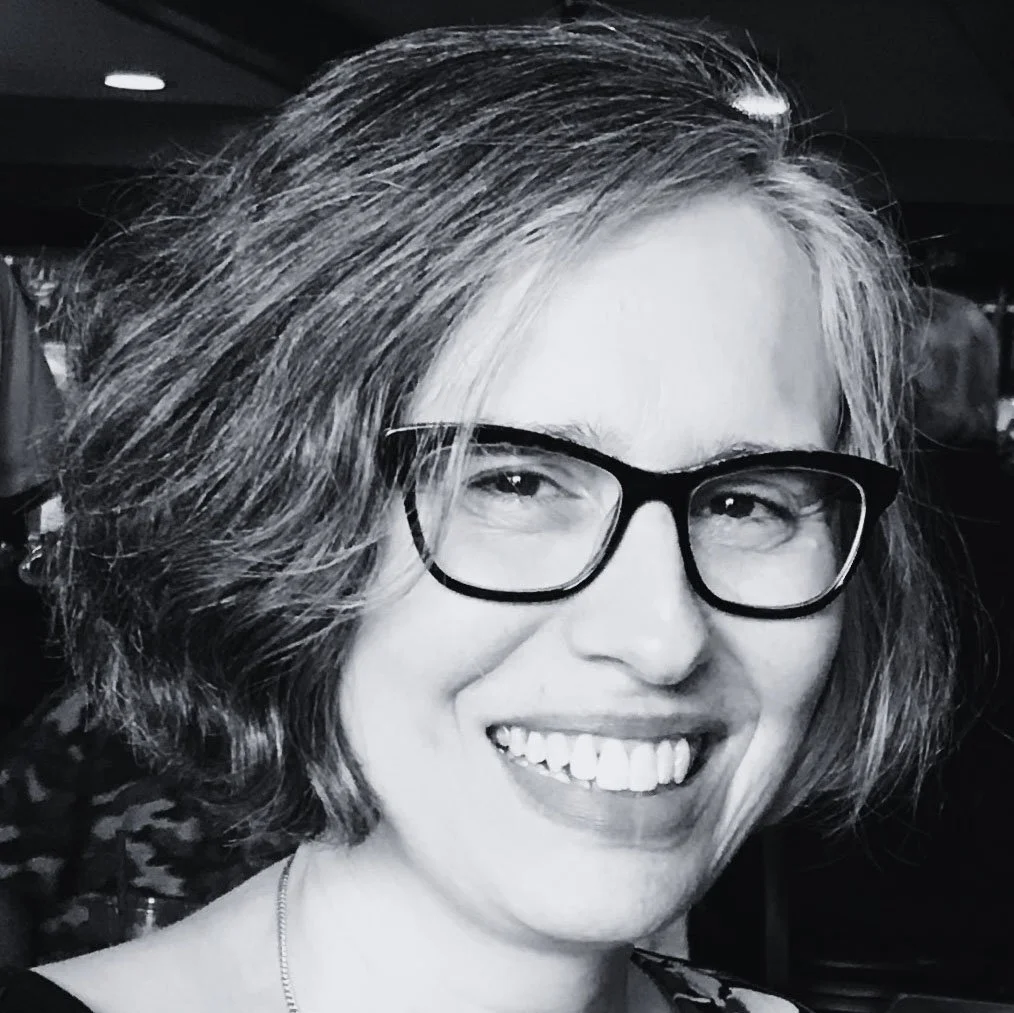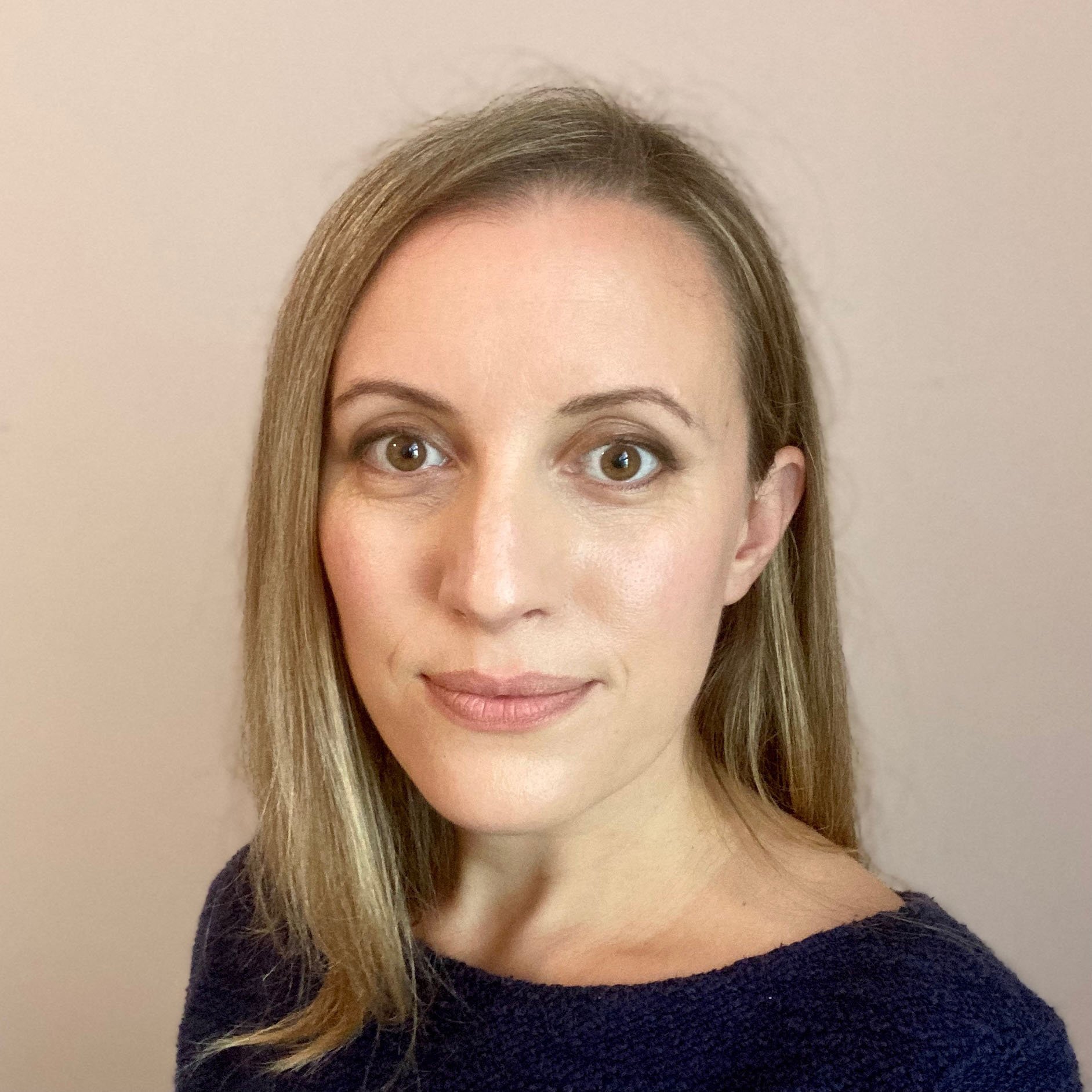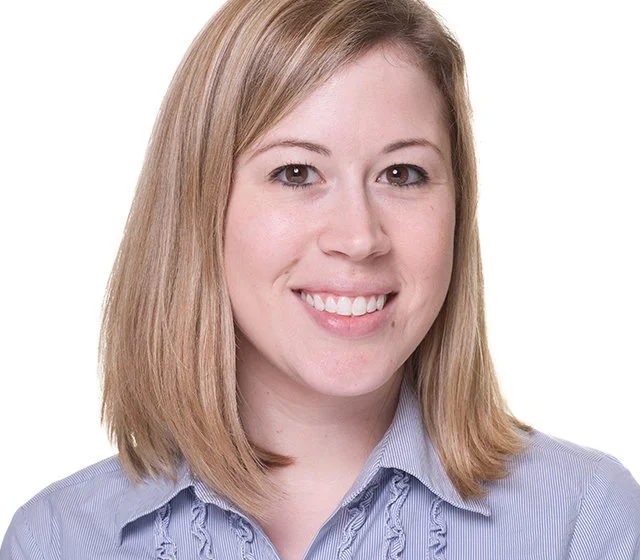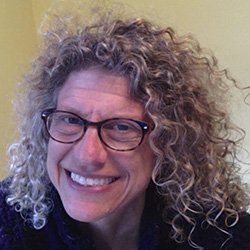Departing Editors Reflect on Their Experience with the Science Writer
The two-year terms of The Science Writer’s founding alumni Editorial Board have come to a bittersweet end.
The departing two-year Editorial Board members of The Science Writer. From left to right: Anne Connor, Catherine Evans, Armi Rowe, Tara Holley, and Colin O’Connor. Image credit: Saheel Mehta using issue theme issues and logo designed by Tara Holley.
by The Science Writer
June 30, 2023
The departing editors reflect on their rewarding two-year experience with the magazine, highlighting personal and professional aims, and select articles. Melissa Hendricks Joyce, advisor to The Science Writer (TSW), writes a thank you note to the editorial board:
Editors toil unseen to all but the writers who rely on them. They wield grammar, punctuation, good sense, thrift, razor blades and rosewater. They listen keenly. The best of them also employ empathy, patience, and especially generosity. Editors protect writers and honor the writers’ voices over their own.
While writers get the bylines, editors get the respect and often love from those whose work they burnish. Anyone who reads an excellent story should stop and reflect that somewhere, an editor made it better through wisdom and inspiration.
The Science Writer has been full of those excellent stories because its editors possessed a steadfast vision of what it should say and how to say it. I applaud all of the alumni editors who have generously given their time to this publication, and in particular, I commend those team members who are leaving after completing two-year terms.
Editor-in-Chief Anne N. Connor led The Science Writer with the skill of a trans-Atlantic navigator and the kindness of a saint. Wrangling writers is not for the faint-hearted, yet Anne showed us how to make them, and the magazine, shine.
Anne N. Connor, TSW Editor-in-Chief (2021-23)
“The past two years with The Science Writer have been phenomenal. I joined for the magazine’s mission: to help science writing students get published. I quickly found that simulating the editorial experience of the paying market was equally valuable – not only to the writers but to the alumni editorial board. This insight has guided many of our decisions.” — Anne N. Connor, Editor-in-Chief
Tara Holley, the magazine’s Art and Multimedia Editor, applied her virtuosic talents to transform the magazine and add visual and auditory “wows” that enriched the science and prose in these stories. Take a look at the cover of the latest issue, “Enigma,” and try not to be drawn into the image.
“Customization became the design team’s mantra. While the writers and editors mulled over the use of a comma or dash we debated between fonts, serif or sans. They adjusted the language to make the stories more dynamic, we tweaked colors to make the website more vibrant. Each image was crafted to set the stage even before you read the headline, like watching the first frame of a movie trailer. Eventually, we poked our heads out from the weeds and found our footing, settled into our tone, and adopted a signature style. Our design philosophy could be summed up as this: high contrast, atmospheric, slightly cinematic, with a touch of retro-futurism.” — Tara Holley, Art and Multimedia Editor
Tara Holley, TSW Art and Multimedia Editor (2021-23)
The incomparable organizational skills of Managing Editor Catherine Evans assured that the team produced an exceptional magazine on schedule and one that the Science Writing Program could be proud of.
Colin O’Connor, Senior Copyeditor and Research Editor (and proud advocate for the Oxford comma), offered his deep professional expertise to set guidelines and expectations for accuracy, fact-checking, and rigorous reporting that meet the best journalistic practices.
Finally, Senior Editor Armi Rowe showed great talent in helping students turn the lumpy clay of story ideas into narratives driven by characters and plot.
Catherine Evans, TSW Managing Editor (2021-23)
“It’s hard to believe Anne, Saheel, Armi, Colin, Tara and I now have nearly two years of The Science Writer (TSW) under our belts. Our board terms began at the height of the pandemic, and TSW became an antidote of sorts to the isolation of our shrunken lives at the time. From the safety of our homes, we created a virtual community built around our shared love of language and science. TSW allowed us to reconnect with fellow alums and faculty to build new relationships with budding writers. It allowed us to sharpen our skills, learn new ones, and swap knowledge and ideas. The editors and writers alike brought an immense amount of talent to the table - not just in writing and editing, which they have in spades, but also a flair for illustration, photography, graphic design, videography, web development, social media outreach, project management, and more. That multitalented synergy gave rise to two of my favorite pieces, which both offer immersive journeys into the harsh environs of frozen lands. At a time when travel wasn’t always possible, these stories presented a temporary escape to far-flung locales. In an interactive feast for the senses in our Uncharted issue, “The Climb Up Denali,” writer Annabelle Moore and Art and Multimedia Editor Tara Holley trace the steps of Lithuanian immigrant and U.S. Air Force pilot Ilma Valee as she scales North America’s tallest mountain and battles the physiological effects of low-temperature, high-altitude climbing. The video explainer “Why Are Glaciers Blue?” written by Mark Jordan and produced by Tara Holley for our Resilience issue, takes us inside the cerulean crevasses of a glacier, zooming in on the wiggling water molecules that give ancient ice its hues of blue. These are just a couple examples of the spectacular work produced by our writers and editors over the last two years. As we prepare to hand over the reins to the new editorial board, I can’t wait to see what’s next.” — Catherine Evans, Managing Editor
Colin O’Connor, TSW Sr. Copy and Research Editor (2021-23)
“Soon after earning my master’s through the Johns Hopkins Science Writing Program, I was hired to write and edit sponsored content for GenomeWeb, an outlet that provides molecular biology research and industry news for scientists, doctors, executives, and other professionals in the genomics niche. The marketing material I write and edit for this audience is very technical and sometimes dizzyingly over my head. While I love the subject matter, the work, and the people at GenomeWeb, I do miss the more emotive and expressive writing I worked at Hopkins, as well as the chance to indulge my curiosity by learning and writing about an array of scientific fields. The Science Writer has afforded me many opportunities and challenges that honed my skills as a copy editor and fact checker, but I’m most grateful for the chance to work on evocative, literary, and accessible stories. For that, I must thank the editorial management team and their commitment to publishing poignant, personal stories from diverse voices.
While I’m proud of everything we’ve produced, I’ve found that my favorite articles are those elevated by high-quality interviews and discerning quote selection. One article that stood out in that regard was Tricia Steele’s “Wrestling the Sun,” a feature from Issue 4 that walks a line between high-minded science and on-the-ground social issues. Steele included perhaps my favorite quote in all the articles we’ve published about halfway down (see if you can find it). Another favorite of mine is Kimberly Scarano’s Issue 2 feature, “Growing Mycelium Homes in Space,” in which Scarano’s expert sources guide us through a story spanning space exploration, mushrooms, and architecture. I also loved Upsana Sarraju’s “Seeds, Tsunamis, and Security,” which taught me about the important conservation work that seed banks do (I thought they just existed to repopulate the earth with plants after the apocalypse), and Claire Hoy’s “Chicago’s Collision Course” for her voice and palpable personality.” — Colin O’Connor, Senior Copy and Research Editor
Armi Rowe, Sr. Editor (2021-23)
“I will cherish the time I served these past two years as part of The Science Writer’s editorial staff. It has been an honor working with fellow alumni who have been consummate professionals. I appreciated how everyone worked well as a team in an inclusive and respectful environment and how the editorial management team worked meticulously to keep us organized and productive. They constantly communicated their own knowledge and shared resources they came across with our team, which allowed us each to grow into more technically savvy editors over time. It has been an extremely worthwhile adventure to have been part of the team that brainstormed the magazine’s name, tagline and overall content approach. It was exciting to partner with our multimedia editor to transform traditional copy from the feature article “Why Are Glaciers Blue?” into a cutting-edge video feature that included striking visuals, moving audio, and concise copy for the video script. I also found it very rewarding to review high-quality writing and provide developmental edits for Hopkins' talented graduate science writers. I hope to stay in touch with the Hopkins Science Writing family as well as the incoming team at the magazine. I’m just an e-mail away if I am needed again, in a bind. I wish everyone the best as they continue the work to catapult The Science Writer to exciting new heights.” — Armi Rowe, Senior Editor
Melissa Hendricks Joyce, Magazine Advisor and Associate Director of the MA in Science Writing program at Johns Hopkins University
“In addition to publishing a stellar magazine, this team performed a second, arguably more important, role. They took extra time to guide, coach, and mentor student authors – not something you often get in the harried world of commercial magazines.
I am humbled by the time, dedication, and abundant creative energy that these editors have volunteered in service to this publication.
We say goodbye as we welcome a new fantastic editorial team. I’m thrilled that Saheel Mehta, who has served as the magazine’s Deputy Editor and Chief Technology Officer, will now assume the role of Editor-in-Chief.
No bounds for the future of The Science Writer!”
— Melissa Hendricks Joyce, Magazine Advisor and Associate Director of the MA in Science Writing program at Johns Hopkins University
Learn more about The Science Writer and see the full masthead.







